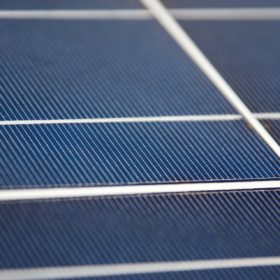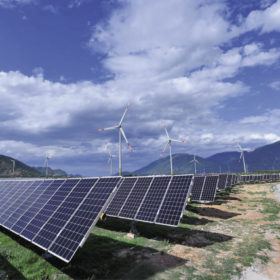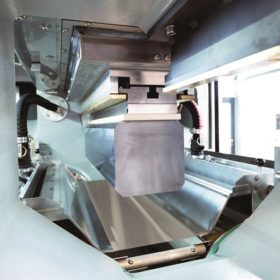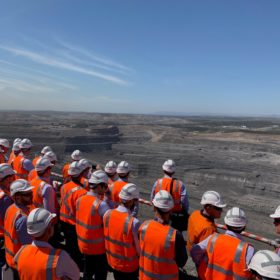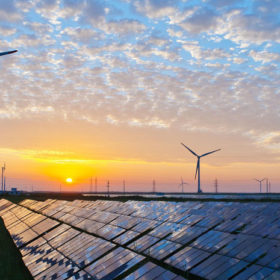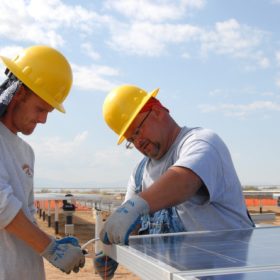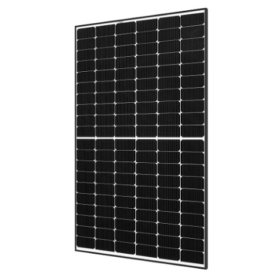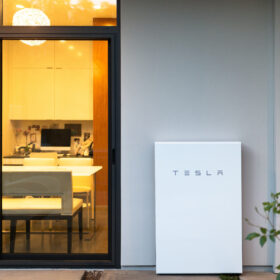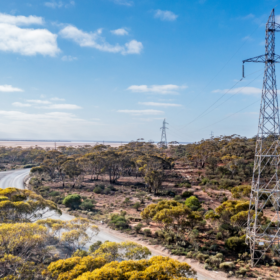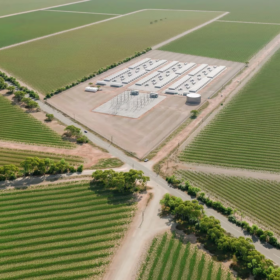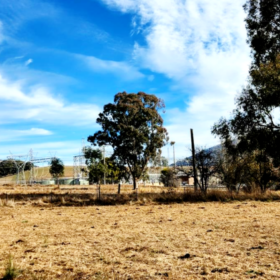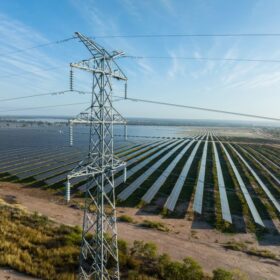Coronavirus could cause solar panel price spike
The coronavirus outbreak in China could raise solar module prices in the near term as manufacturers have already begun experiencing wafer and solar glass shortages. Production rates are also being affected by an extended new year holiday introduced by the authorities as a measure to deal with the virus, and the requirement workers from infected areas quarantine themselves for two weeks.
A record-breaking quarter for Tesla energy storage and an improvement in solar
The internet’s favorite energy company installed 530 megawatt-hours of battery storage in Q4, beating out the previous record, set last quarter, as well as showing continued improvement in solar installations.
Global corporations set new record contracting 19.5 GW of wind and solar projects
Corporations contracted a record amount of wind and solar energy through power purchase agreements in 2019, up more than 40% from the previous year’s record, says a new report from BloombergNEF. The bulk of this purchasing occurred in the U.S. with tech companies and oil and gas majors leading the charge. In Australia, onsite solar projects delivering power to corporations nearly doubled to 1GW.
U.S. researchers put slimmer silicon back on the table
With solar grade polysilicon prices having plummeted in recent years, cutting down on consumption of the material has not been a priority. But strategies exist and significant savings can be made through deploying thinner wafers that use less silicon, insists a new paper published by MIT and NREL. And as manufacturers are increasingly hitting dead ends on other routes to cost reduction, this option could be back on the table for many.
Green hydrogen costs projected to decrease by up to 60% by 2030
A new report from Hydrogen Council predicts that the cost of renewable hydrogen production will fall drastically by up to 60% over the coming decade due to the declining costs of renewable electricity generation and the scaling up of electrolyzer manufacturing. Thanks to its optimal renewable resources, Australia will be among the countries most favorably placed to contribute to the development of the hydrogen economy.
IEEFA update: Capital flight from thermal coal is accelerating
Behind Blackrock’s grand exit from coal: Global capital flight from thermal coal and the coal-fired power sector is already at a canter in 2020.
Investment in Australian renewables sank in 2019
Investment in Australian renewable energy capacity fell 40% in 2019 down from record-breaking levels seen in the year before, according to Bloomberg New Energy Finance (BNEF). Spending on large-scale renewables dropped dramatically due to network woes and long-term policy uncertainty but was ameliorated by the rooftop solar segment’s record growth.
A clean energy world would support millions of new jobs
A study from Finland’s Lappeenranta University of Technology has predicted solar and other renewables can provide a global energy jobs revolution – just as four European operations revealed recent struggles.
Concern about climate escalates in Australia’s hottest year on record
As the country grapples with devastating bushfires, the number of Australians concerned about climate change has climbed. Almost four-fifths of those surveyed last week said they were concerned about climate change, an increase of five percent from July, according to think-tank The Australia Insitute. The polling comes hot on the heels of the Bureau of Meteorology’s 2019 Annual Climate Statement, showing there is every reason for concern and confirming 2019 was both the warmest and driest year on record for Australia.
REC Group launches triple 25-year warranty, doubles coverage on TwinPeak and N-Peak solar modules
Norwegian solar panel manufacturer REC Group has upped the ante with new warranty deals and reduced the annual power degradation of its products. In addition to a brand new, triple 25-year warranty exclusively offered by certified REC Solar Professional installers, it has extended coverage form 10 to 20 years for its TwinPeak and N-Peak products.
